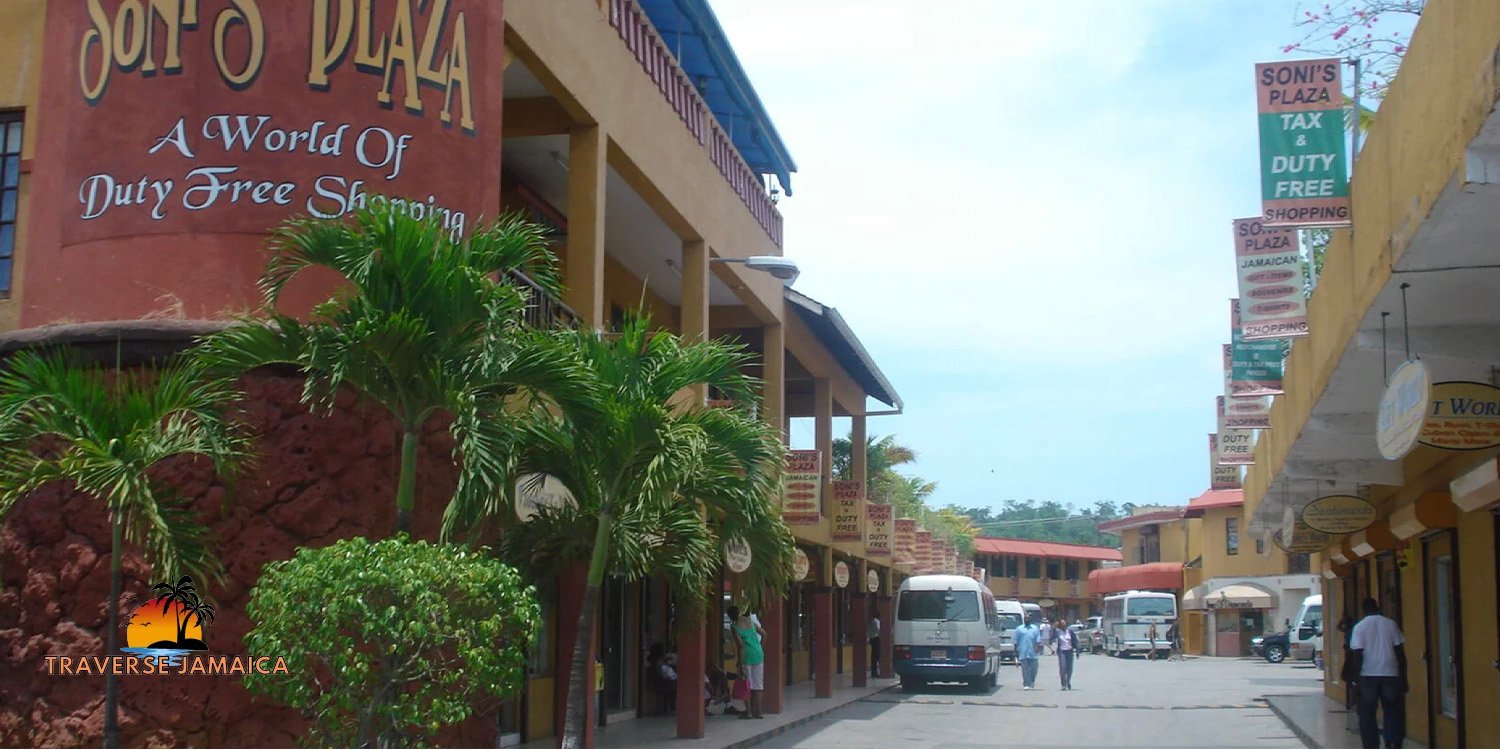Jamaican Art and Craft: Where to Find Unique Souvenirs
Jamaica, a Caribbean island renowned for its stunning beaches, reggae music, and rich cultural heritage, is also home to a vibrant art and craft scene. For travelers looking to bring a piece of the island’s culture back home, Jamaican art and craft provide an array of unique souvenirs that tell the story of the island’s people, history, and traditions. This article explores the diverse world of Jamaican art and craft, highlighting where you can find these unique pieces and what makes them special.
1. The Rich Tapestry of Jamaican Art
Jamaican art is a reflection of the island’s rich history, cultural diversity, and social dynamics. Influenced by African, European, and indigenous Taino heritage, Jamaican artists often draw on these roots to create works that speak to the island’s complex narrative.
A. Traditional Art Forms
Traditional Jamaican art forms often include paintings, sculptures, and pottery. These artworks frequently depict everyday life, folklore, and historical events. Artists like Edna Manley, considered the mother of Jamaican art, have left a lasting legacy with their representations of the Jamaican spirit and landscape.
Sculptures carved from wood or stone often feature themes of strength, resilience, and the natural beauty of the island. Pottery, another popular art form, is often hand-crafted and painted with vibrant colors that capture the island’s flora and fauna.
B. Contemporary Jamaican Art
The contemporary art scene in Jamaica is thriving, with artists experimenting with various media and styles. This movement includes a mix of abstract art, digital media, and installations that explore themes like identity, social justice, and environmental issues. Galleries in Kingston, such as the National Gallery of Jamaica and the Olympia Gallery, showcase works by modern Jamaican artists and provide insight into the evolving art landscape.
2. Jamaican Craft: A Testament to Tradition and Creativity
Jamaican craft is as diverse as its art. Craftspeople on the island use natural materials like wood, bamboo, and coconut shells to create functional and decorative pieces. These crafts are often a blend of traditional techniques and contemporary designs, resulting in unique products that are both beautiful and practical.
A. Wood Carvings and Sculptures
Wood carving is a prominent craft in Jamaica, with artisans using mahogany, cedar, and other local woods to create intricate designs. These carvings range from small, detailed figurines to large sculptures depicting animals, religious figures, and scenes from Jamaican folklore. Areas like Ocho Rios and Montego Bay are well-known for their skilled woodcarvers, and you can often find these craftsmen at work in local markets or roadside stands.
B. Basket Weaving
Basket weaving is another traditional craft passed down through generations in Jamaica. Artisans use natural materials like straw, reeds, and palm leaves to weave baskets, mats, and hats. These items are not only functional but also serve as decorative pieces, often adorned with bright colors and unique patterns that reflect the island’s vibrant culture.
C. Jewelry Making
Jamaican jewelry is a fusion of natural elements and creative design. Jewelry makers often use materials such as coral, seashells, and semi-precious stones to create earrings, necklaces, bracelets, and rings. Each piece is unique, reflecting the island’s natural beauty and the creativity of its artisans. In particular, the “Jamaican Jerk” bead—a colorful, handmade bead—is a popular item among tourists and locals alike.
3. Where to Find Unique Jamaican Art and Craft Souvenirs
Finding authentic Jamaican art and craft souvenirs is an adventure in itself. Here are some of the best places to discover these treasures:
A. Local Markets
Local markets are the heart of Jamaican commerce and culture. Markets like the Craft Market in Kingston, Ocho Rios Craft Market, and the Montego Bay Craft Market offer a variety of handcrafted goods, including wood carvings, paintings, jewelry, and woven items. These markets provide an opportunity to interact with local artisans, learn about their craft, and often negotiate prices. The bustling atmosphere of these markets also adds to the charm of the shopping experience.
B. Art Galleries and Studios
For those interested in fine art, visiting galleries and studios is a must. The National Gallery of Jamaica in Kingston is the premier institution for Jamaican art, showcasing a wide range of works from traditional to contemporary pieces. The gallery also has a gift shop where visitors can purchase prints, books, and other art-related souvenirs. In addition, smaller galleries and studios throughout the island, such as the Harmony Hall Gallery in Ocho Rios and the Devon House Art Gallery in Kingston, offer unique collections of local art for sale.
C. Roadside Stalls and Workshops
Exploring the island’s scenic routes can lead you to hidden gems—roadside stalls and workshops where local artisans create and sell their crafts. Areas like Fern Gully in Ocho Rios and Negril are known for these roadside stands, where you can find everything from wood carvings and paintings to handmade jewelry. Buying directly from the artisans not only ensures the authenticity of your souvenir but also supports the local economy.
D. Tourist Shops and Boutiques
Tourist shops and boutiques in popular resort areas such as Negril, Montego Bay, and Ocho Rios offer a curated selection of Jamaican art and craft. While these stores may be slightly more expensive than markets, they often provide a wider range of products, including luxury items like high-end jewelry and art pieces. Boutiques like Island Village in Ocho Rios and The Shoppes at Rose Hall in Montego Bay are known for their high-quality goods and unique finds.
4. Tips for Buying Jamaican Art and Craft Souvenirs
To make the most of your shopping experience, consider the following tips:
- Research Before You Buy: Familiarize yourself with Jamaican art and craft styles and their cultural significance. This knowledge can help you identify authentic pieces and make informed purchases.
- Look for Authenticity: When buying high-value items like paintings or sculptures, ask for a certificate of authenticity or inquire about the artist’s background to ensure you’re purchasing a genuine piece.
- Negotiate Wisely: Bargaining is common in Jamaican markets, but it’s important to do so respectfully. Start with a fair offer and be willing to negotiate to find a mutually agreeable price.
- Support Local Artisans: Whenever possible, buy directly from local artisans or cooperatives. This not only ensures that you get an authentic product but also supports the island’s creative community.
- Consider Shipping: For larger items, consider shipping options. Many shops and galleries offer international shipping services, allowing you to purchase larger or more fragile items without worrying about transport.
5. The Cultural Significance of Jamaican Souvenirs
Jamaican art and craft souvenirs are more than just mementos; they are a window into the island’s rich cultural tapestry. Each piece tells a story of the island’s history, its people, and their traditions. By bringing home a Jamaican souvenir, you are not only preserving a piece of the island’s heritage but also supporting the artisans who keep these traditions alive.
6. Conclusion: Bringing a Piece of Jamaica Home
Whether you’re drawn to a vibrant painting, a meticulously carved wood sculpture, or a hand-woven basket, Jamaican art and craft offer something for every taste and preference. These unique souvenirs provide a tangible connection to the island’s culture and serve as a lasting reminder of your time in Jamaica. As you explore the island, take the time to discover the rich world of Jamaican art and craft, and bring home a piece that speaks to you.









